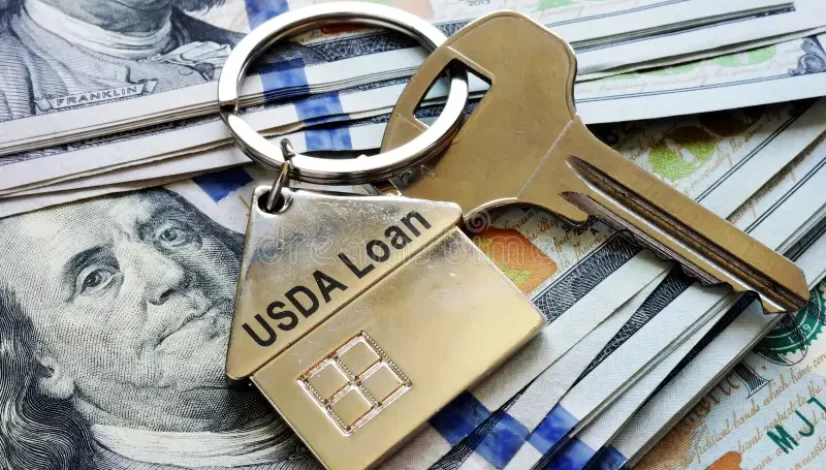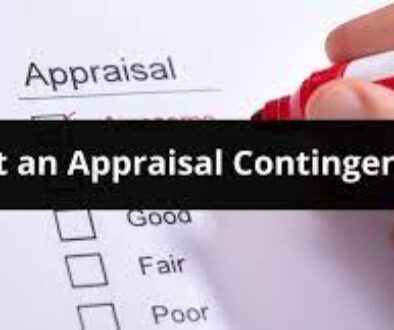Upfront Guarantee for USDA
Upfront guarantee fee USDA
What Are USDA Loans?
A USDA loan is part of a mortgage loan program that helps prospective home buyers purchase homes in rural, and in some cases suburban, areas. The U.S. Department of Agriculture (USDA) backs USDA loans, which means that the government insures or guarantees the loan. The USDA protects the mortgage lender against losses if you fail to repay your loan.To apply for a USDA loan, you’ll want to work with your preferred lender, which can be a bank or credit union that issues USDA loans.
Government backing means that you, the homeowner, are likely to face a lower interest rate than you would with a conventional mortgage, and in the case of a USDA loan, you won’t be required to make a down payment. With a USDA loan, you will, however, have to pay closing costs that include an upfront guarantee fee. We’ll delve into this a bit more in just a moment.
What Is The USDA Guarantee Fee?
With a USDA loan, you’ll pay an upfront guarantee fee and annual fee.
The USDA loan guarantee fee helps enable the USDA to make these mortgages available and essentially functions as mortgage insurance for USDA loans. The upfront guarantee fee for 2023 is equal to 1% of the loan amount. The annual fee is equal to 0.35% of the loan amount. If you have trouble calculating your USDA guarantee fee, look into using a USDA guarantee fee calculator, which can be of great assistance.
Upfront Guarantee Fee
The upfront USDA guarantee fee in 2023 is 1% of the loan amount, as noted. So, if you have a $200,000 home loan, for example, your total loan amount would become $202,000. In earlier years, the percentage required for the upfront USDA guarantee fee was significantly higher.
Annual USDA Loan Fee
The annual fee is usually financed into your loan. As noted already, annual fee for 2023 is 0.35% of the loan amount. You’ll pay this fee monthly as part of your monthly mortgage payment until the loan is paid in full.Let’s say, for example, that you borrow $200,000. The monthly payment for your annual USDA loan fee would be $58.33. Like the upfront USDA guarantee fee, the annual fee percentage has dropped significantly from what it was at an earlier time.
USDA Loan Qualification Requirements
Low- to moderate-income households with a debt-to-income-ratio(DTI) of 41% in 2023 may qualify for a USDA loan. However, you’ll face additional requirements, including the ones listed below:
- You must be a legal resident or citizen. U.S. citizenship or legal permanent resident status as a U.S. noncitizen national or qualified alien is required to apply.
- You’ll need a credit score of at least 640. Most lenders require borrowers to have a credit score of at least 640. However, if you have a lower score or limited credit history, you may still qualify. Check with your lender to learn more about these limits.
- You must have stable and dependable income. Lenders want to make sure you’re able to pay your mortgage each month.
- You need a clean credit history. Lenders view late payments or a history of collections as red flags and may not approve you for a loan. To qualify,you’ll want to try and avoid late payments and collections to increase the likelihood of being approved.
- Your income must be within guidelines. Adjusted household income must be less than or equal to 115% of the area median income. Keep in mind that this household income includes all adults living in the household even if they are not borrowers.
You must also choose to live in the home as your primary residence and live in a qualified rural area. Lenders may establish lender-specific requirements other than those put in place by the USDA’s Rural Development program.
Consider The Different Types Of USDA Loans
Although making sure you qualify for a USDA loan should be your first step before applying, you may also want to consider the different types of USDA loans available. These include a USDA guaranteed loan and USDA direct loan Here’s a breakdown of each:
- USDA guaranteed loan: Your adjusted household income can’t exceed 115% of the median family income in the designated rural area where you prefer to live. This includes the combined income of all the adults in the household.
- USDA direct loan: A USDA direct loan helps low- to very low-income borrowers. Qualifying borrowers’ income must fall at or below the low-income limit in a designated area. Applicants may not obtain a loan from other resources, and they must treat the property as a primary residence and satisfy other qualifications.




